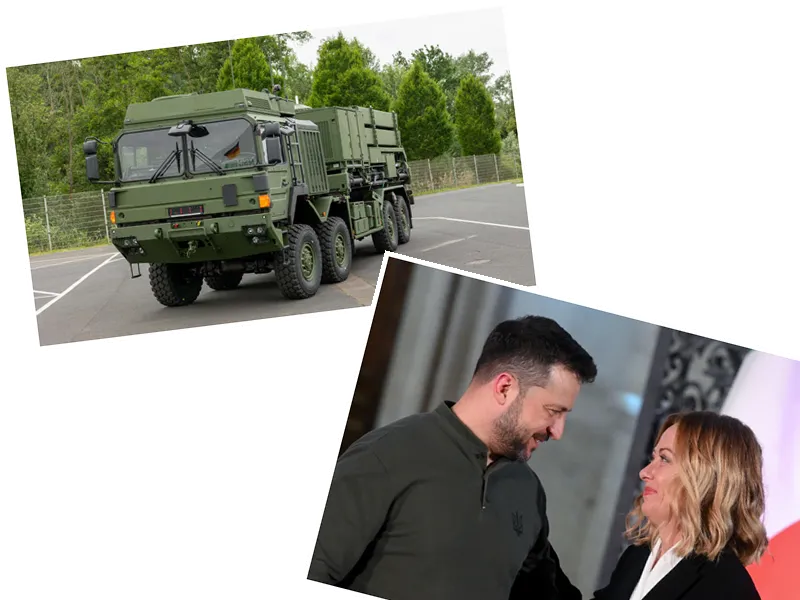Reinforcing Leopards: Ukraine's Tactical Upgrades
Ukraine has received significant military aid from Germany in the form of Leopard main battle tanks. This includes 30 Type 1A5 models jointly sent with Denmark, and an additional 18 Type 2A6 models as part of a project involving other allied nations. Despite the substantial support, the effectiveness of Leopard tanks in the Ukraine war remains a contentious issue, particularly as Russia appears to be targeting these units specifically. Notably, footage has surfaced showing several Leopard tanks destroyed, and one 2A6 model paraded as a war trophy in Moscow with its cannon barrel bent.
To counteract the vulnerabilities of these tanks, Ukraine has been retrofitting them with additional armor. Image evidence shared by tank-focused portal btvt.info reveals that at least one operational Leopard 1A5, originally from Danish stock, has been fitted with Kontakt-1 reactive armor. This includes ERA (Explosive Reactive Armor) tiles on the rifle tower and custom-made Nizh modules on the front. The aim is to significantly bolster the tank's protection with minimal weight increase, ensuring these critical assets do not fall into Russian hands as previously seen.
The Human Cost and Rehabilitation Efforts
While technology and tactics evolve, the human aspect of the war remains ever poignant. Gabriel Ramírez, a 28-year-old Colombian, lost half of his left leg due to a Russian tank attack. Gabriel represents a significant number of Latin American soldiers fighting in Ukraine, mostly from Colombia, but also including Peruvians and Brazilians. These soldiers often join Spanish-speaking units due to language barriers and bring with them extensive military experience from their home countries.
Gabriel is currently in a world-renowned rehabilitation center in Lviv, where he has been recovering for nine months. Despite the loss of his leg, he remains resolute. Rehabilitation includes advanced technologies like 3D printing of artificial limbs, but the emotional and psychological scars are equally significant. Gabriel's story underscores the brutality of the conflict, as he and others like Miguel Rodríguez face the daunting task of rebuilding their lives amid ongoing hostilities. Miguel, for instance, lost a leg after stepping on a mine near Donetsk, a fate shared by many soldiers and civilians alike.
The resilience of these individuals often goes unnoticed amid the larger narrative of war. Even as new tanks and strategies are deployed, the human cost remains staggeringly high. Stories like those of Gabriel and Miguel illustrate the personal battles being fought every day. The ongoing conflict, relentless artillery, and drone surveillance pose significant challenges for soldiers, exacerbating the already severe post-traumatic conditions many suffer from. While technological advancements in warfare are heralded, the focus must also remain on the rehabilitation and support of those who bear the brunt of the battle.
- It's also worth noting that Germany, Denmark, and the Netherlands have committed to sending 105 more Leopard 1A5 tanks, potentially outfitted with the new protective layers.
- Rehabilitation centers like the one in Lviv are at the forefront of medical and psychological support for war victims, using advanced methods such as 3D printing to create custom prosthetics.
- Soldiers not only face physical threats but also intense psychological strain, necessitating comprehensive care for both their bodies and minds.






